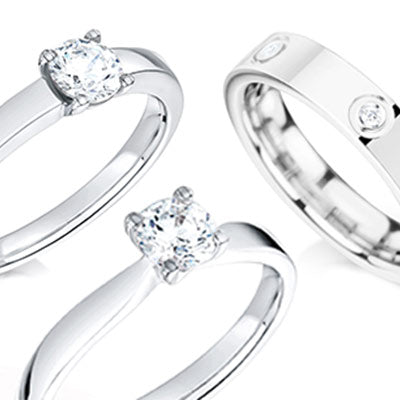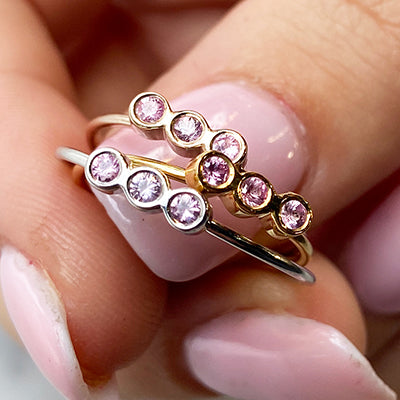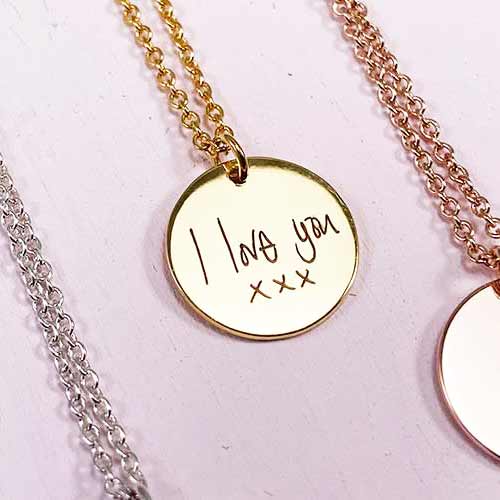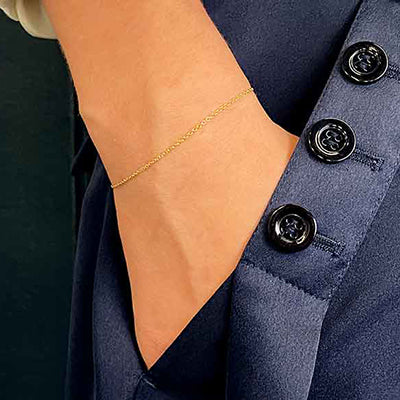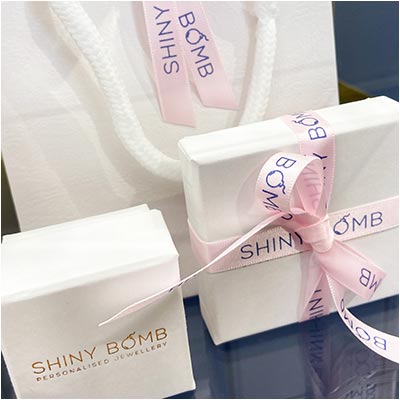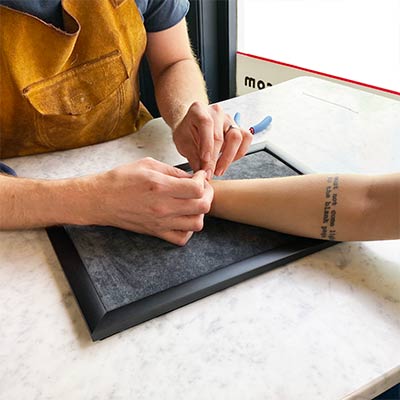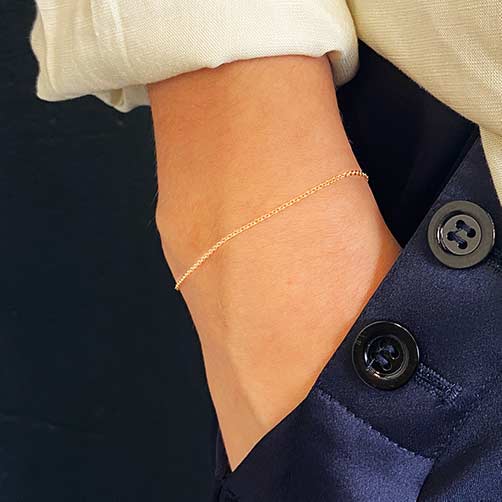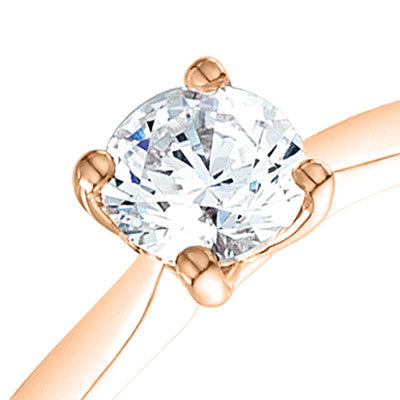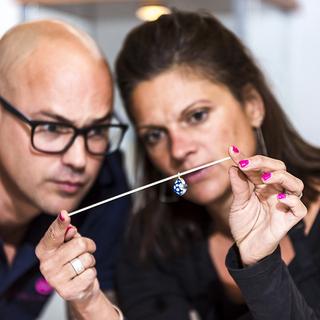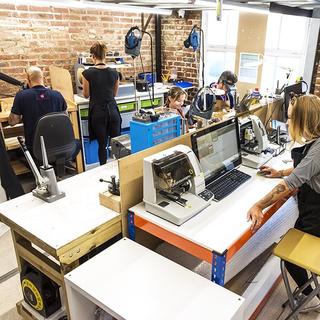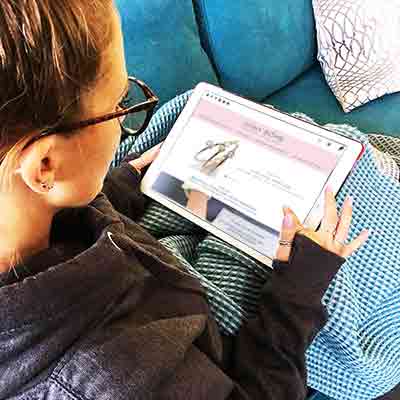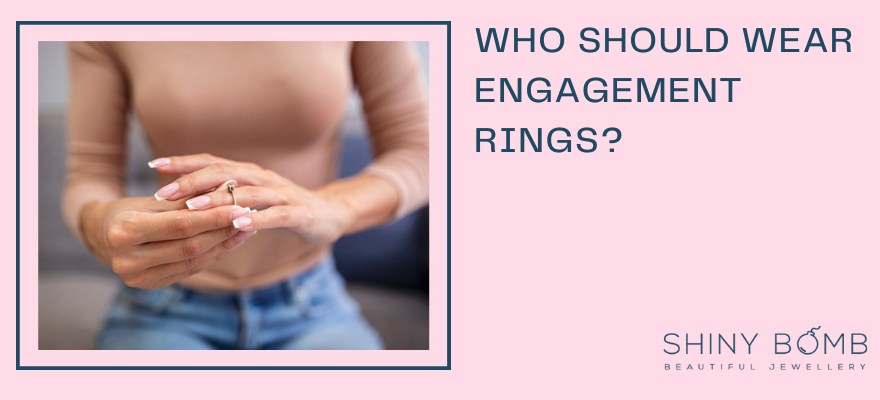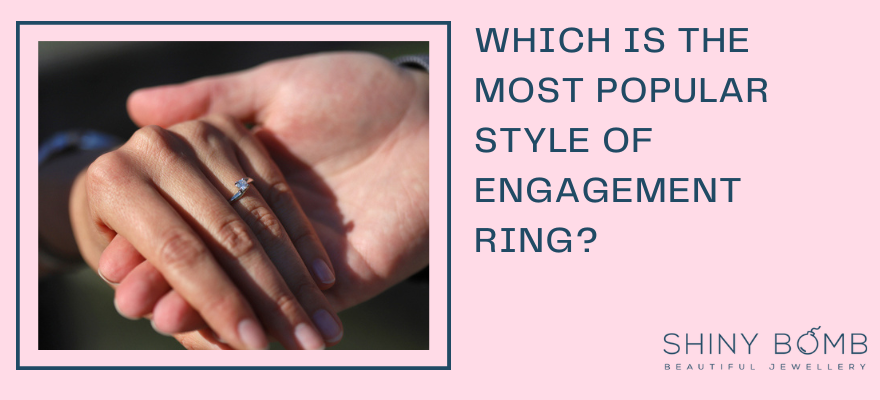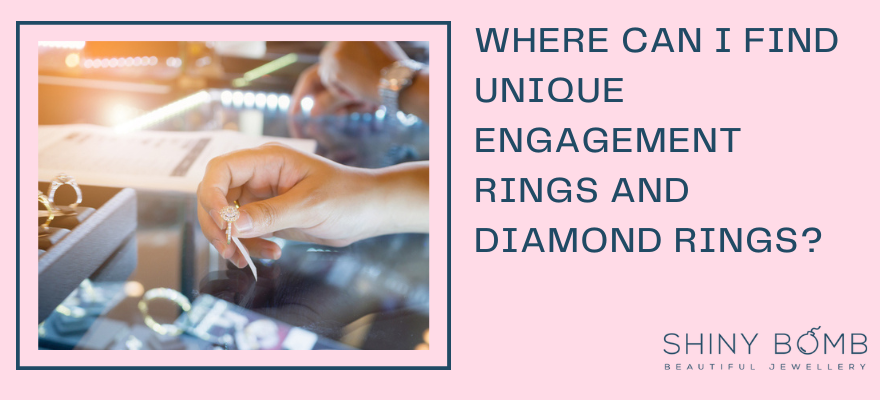
Diamonds are a girl’s best friend, right? But where do they come from? How do they get their sparkle? What makes them so expensive? And what are the alternatives if you don’t want to participate in the diamond trade? There are so many questions we hear about diamonds every day, so we’re going to try to answer a few of these today.
Where do diamonds come from?
The first question that we hear a lot from customers is about the origins of diamonds. A natural, mined diamond is extracted from deep in the earth. Some places on the planet have more diamonds than others, and these become prime locations for diamond mines.
Diamonds are found all over the world, but Russia and Botswana lead the way in diamond production. Diamond mines also operate in Canada, Brazil and Australia. Africa is the continent with the largest number of diamond reserves.
Diamonds are formed deep inside the earth’s crust, when carbon deposits are subject to intense heat and pressure. Over time, the movement of the tectonic plates pushes these deposits closer to the surface where they can be extracted in the mining process.
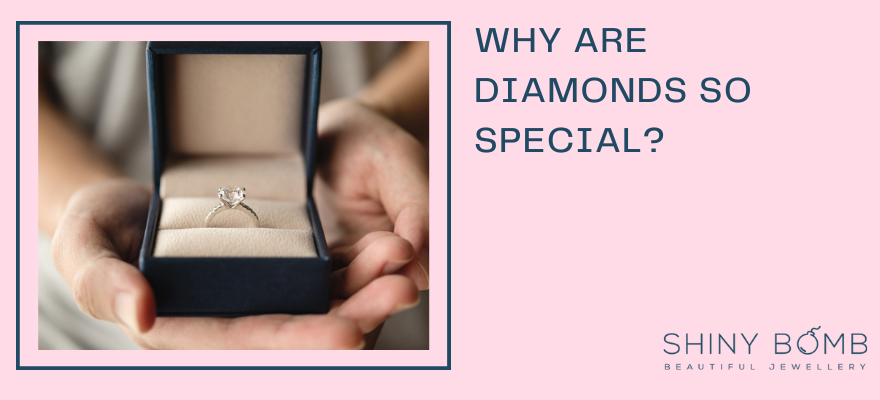
Why are diamonds so special?
Diamonds are considered to be unique and special simply because of their scarcity. Since they were formed millions of years ago, the number of diamonds we have on earth is finite. And since many diamonds have physical imperfections, the more perfect a diamond is, the more expensive it will be. The same goes for larger diamonds, which are typically very rare.
The largest diamond discovered in the world is the Cullinan Diamond. It is a 3,106 carat diamond that weighs 621.2 g. This stone was polished into 9 large stones and 96 smaller ones.
When a diamond is extracted from the earth, it has rough surfaces that need to be polished to achieve the iconic fire. To achieve this jewellers have to decide the optimum shape for the diamond. The goal of this is to choose the ideal cut that will minimise waste and maximise the natural shape of the diamond.
What are the issues with diamonds?
The main issue with natural diamonds is the human cost of extracting them from the ground. The mining process is very dangerous and mines are often lined with human rights violations, in addition to child labour. The process is also environmentally damaging, as the earth around the mine is often polluted in order to extract the diamonds. And finally, diamonds can often be used to fund conflict. Diamonds are commonly produced in conflict zones, where the sale can be used to fund atrocities.
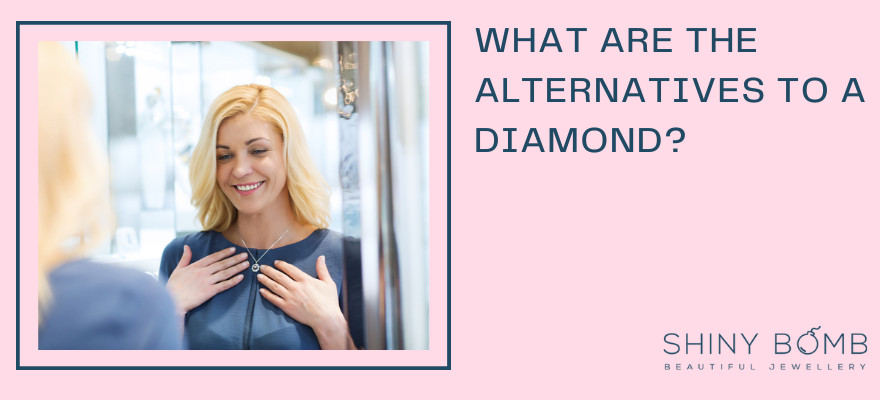
What are the alternatives to a diamond?
If you would rather steer clear of diamonds entirely, there are a few options to consider. These include lab-grown diamonds, diamond alternatives and choosing a different stone entirely. You could also choose a vintage stone. Let’s look at each of these options in more detail.
Lab grown diamonds
Not that we have replicated the process of diamond production in a lab, we can make structurally identical stones that are completely made to order. This means you can choose a specific stone shape, with specific characteristics such as the colour and clarity.
In general, lab grown diamonds have better clarity than a mined diamond of the same size and price, simply because we have control over the material at the start so there are fewer impurities. Lab grown diamonds are also available in a wide range of colours, so if you’re looking for a specific colour, this can be a cheaper way to get exactly what you are looking for.
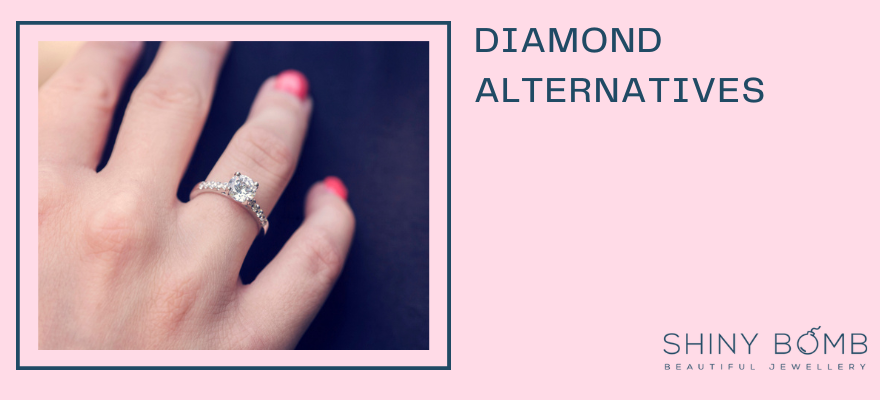
Diamond alternatives
The most popular diamond alternatives for jewellery are moissanite and cubic zirconia. Both are commonly used in costume jewellery, but some couples are choosing to save money on their engagement ring and choose a cheaper stone.
This can be an excellent choice if you would rather save money for other life events like your wedding, buying a home, or taking a honeymoon. Not everyone is set on having a diamond and not everyone believes that a diamond is necessary for an engagement.
Different stones
You don’t have to choose a diamond for the centre stone of an engagement ring. Plenty of couples are choosing alternative stones such as emeralds, rubies and sapphires. Choosing a more creative and colourful stone can be a popular choice if you are confident your partner doesn't have their heart set on a diamond.
Vintage rings
Choosing a vintage diamond can help to alleviate some of the guilt associated with modern diamond mining. However, you need to remember that you won’t know the exact history of your diamond, and it could be far worse. That said, you’ll be recycling a diamond rather than pumping more money into the diamond trade, so your environmental footprint could be said to be smaller.
Discover more tips for buying diamond engagement rings on our blog.

